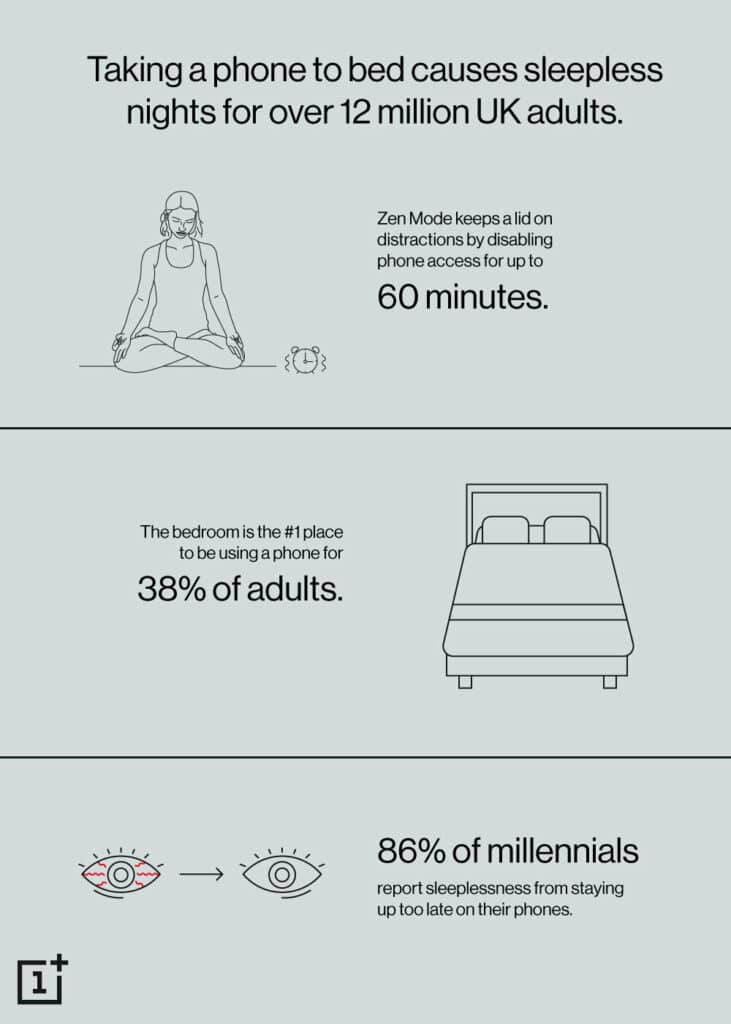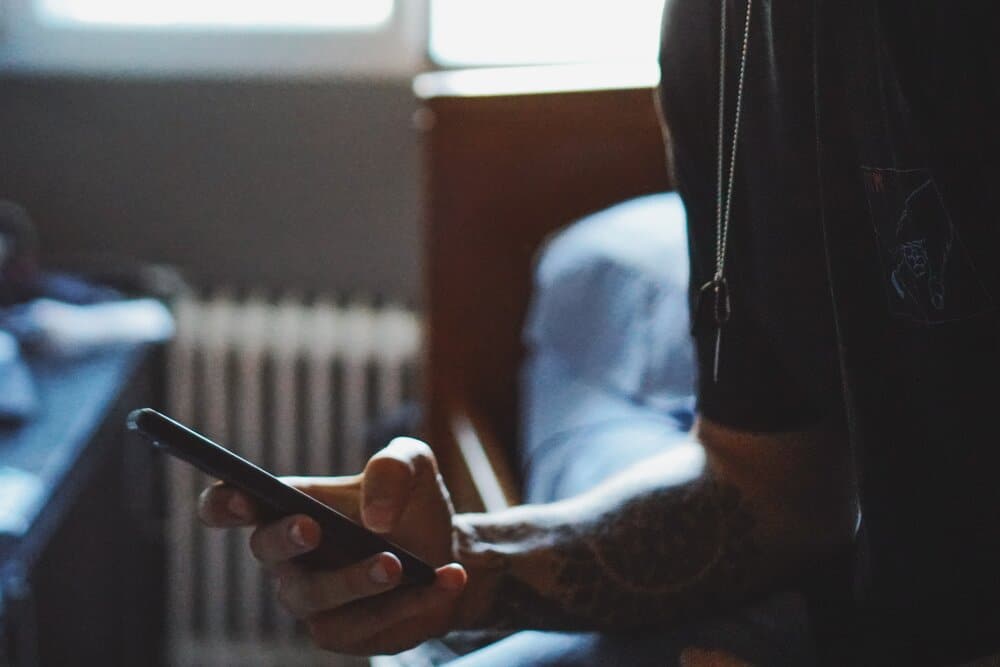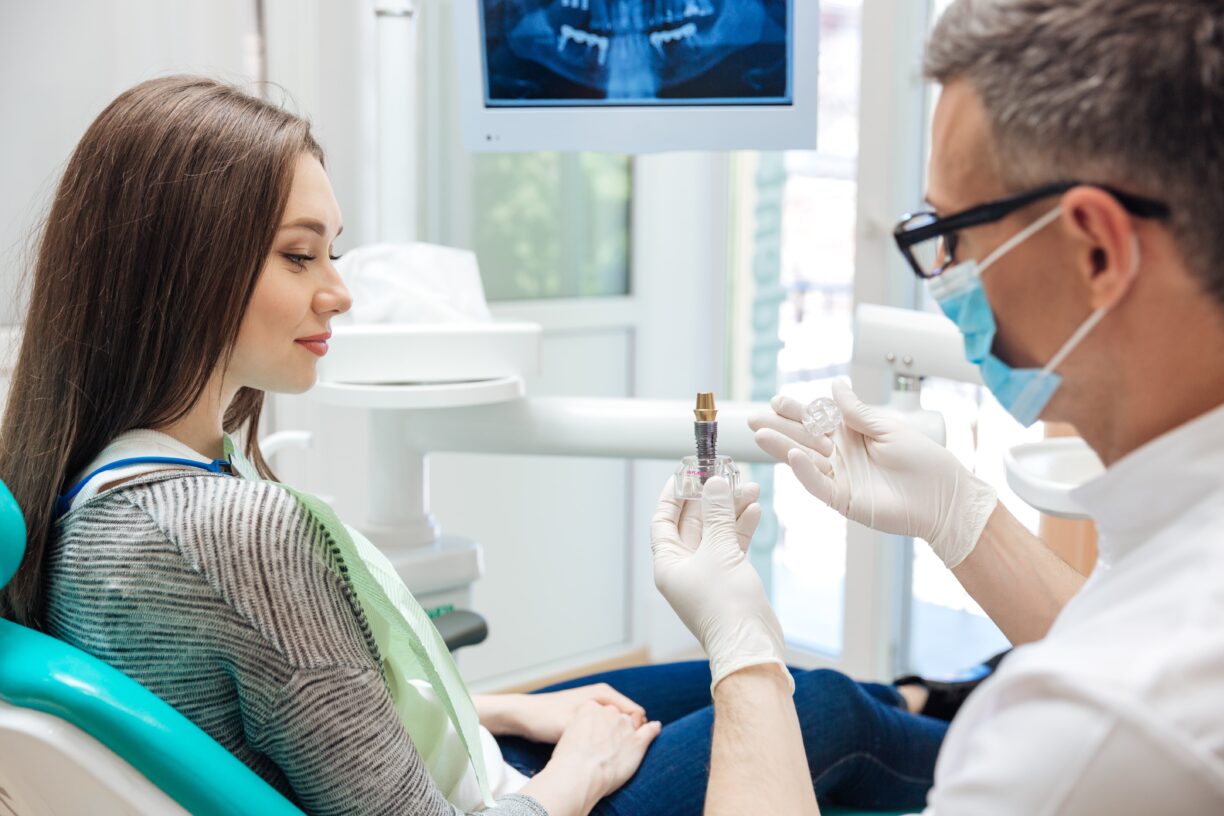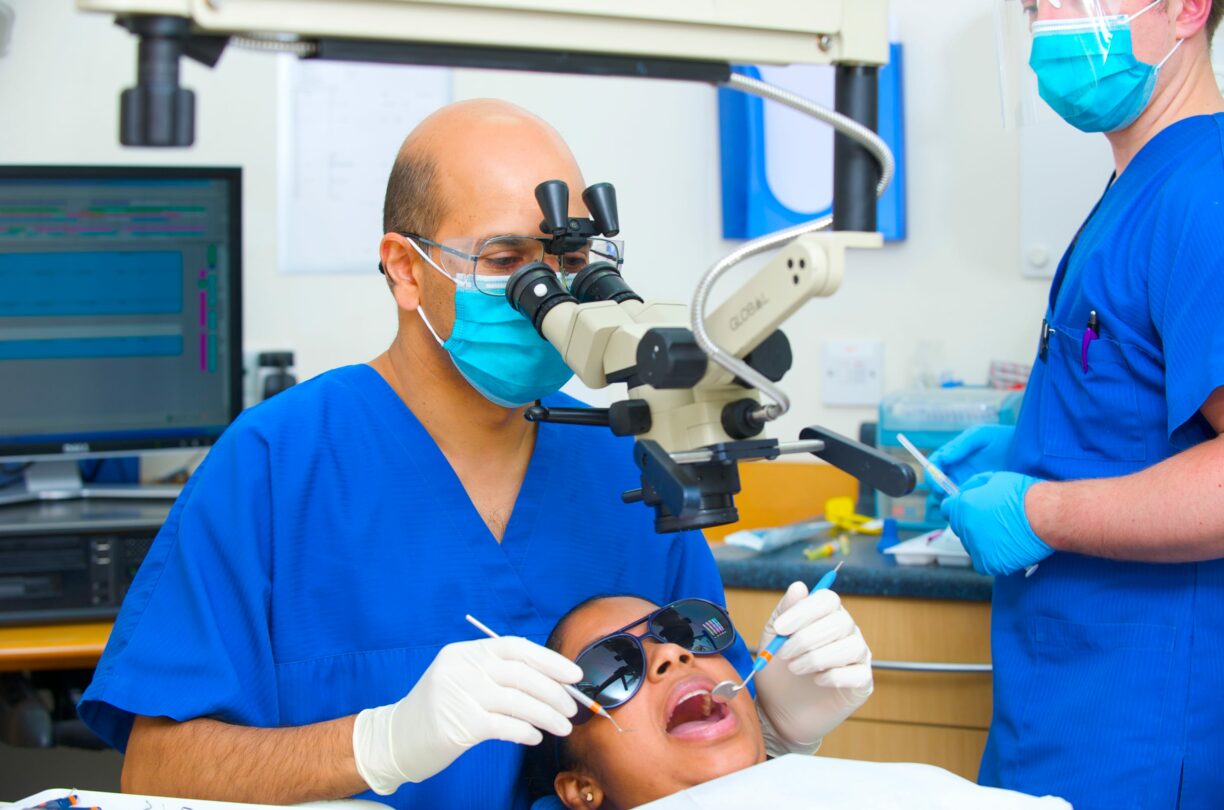Smartphones are wreaking havoc on sleep schedules across the UK, with a staggering 23% of adults reporting sleepless nights from staring at their phones in bed.
A study commissioned by smartphone maker OnePlus delved into this blue light-driven phenomenon shedding (literally) light on some alarming trends.
The prime suspect behind this digital insomnia is the blue light emitted from our devices. Blue light mimics daylight, tricking the brain into halting melatonin production—the hormone responsible for making you sleepy.
As Lisa Artis, head of The Sleep Council, explains, “Blue light inhibits sleep because the short wavelength stimulates sensors in the eyes, tricking the brain’s internal clock into thinking it’s daytime.”

The younger generation, particularly millennials, is by far the most affected. A jaw-dropping 86% of millennials admitted to losing sleep from staying up too late on their phones.
Within the 18-34 age group, 15% confessed to scrolling between 11 p.m. and 3 a.m., prime hours when they should be resting.
In contrast, the older you get, the less your phone interferes with your sleep. While 25% of 35-44-year-olds experience phone-related sleep problems, only 9% of those over 55 are impacted.
The research also revealed where people are most likely to use their phones. While the living room tops the list at 47%, the bedroom isn’t far behind at 38%.
The findings also highlight the regional differences, with Londoners (51%) leading the charge of bedtime phone users, followed by the Welsh (43%) and people in the North East (42%).
Surprisingly, despite the prevalence of blue light issues, only a quarter of the population uses a special screen mode to limit exposure, and 29% of adults have never even considered it.
In response to these findings, OnePlus is taking action. They have introduced new features like the E3 display panel, which cuts blue light by 42%, as well as Dark Mode and Zen Mode to help manage distractions.
Zen Mode, for instance, disables phone access for up to 60 minutes to encourage a break from screens and, hopefully, better sleep.
Kate Parkyn, Head of EU Strategy & UK Marketing at OnePlus, sums it up well: “Technology should be there to improve life, not get in the way of it, or for that matter, a good night’s sleep.”
As the need for balance between screen time and rest grows more pressing, it’s clear that both consumers and tech companies need to pay more attention to how our devices are shaping our sleep habits.





